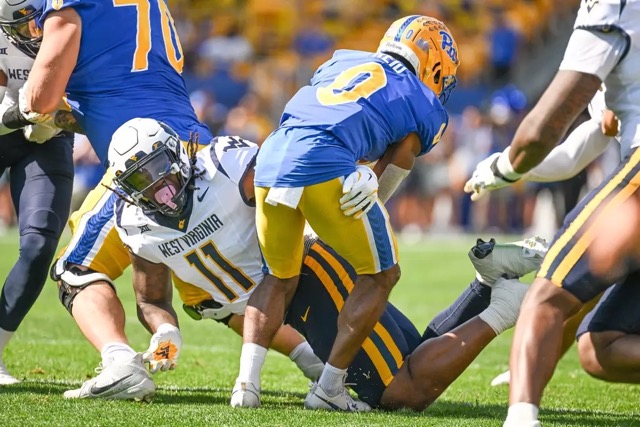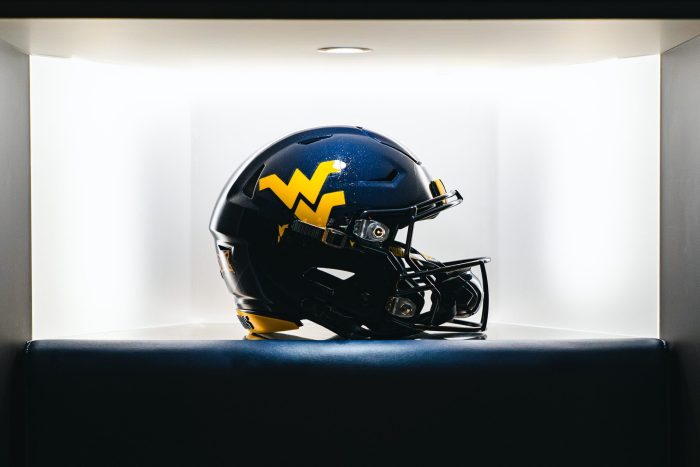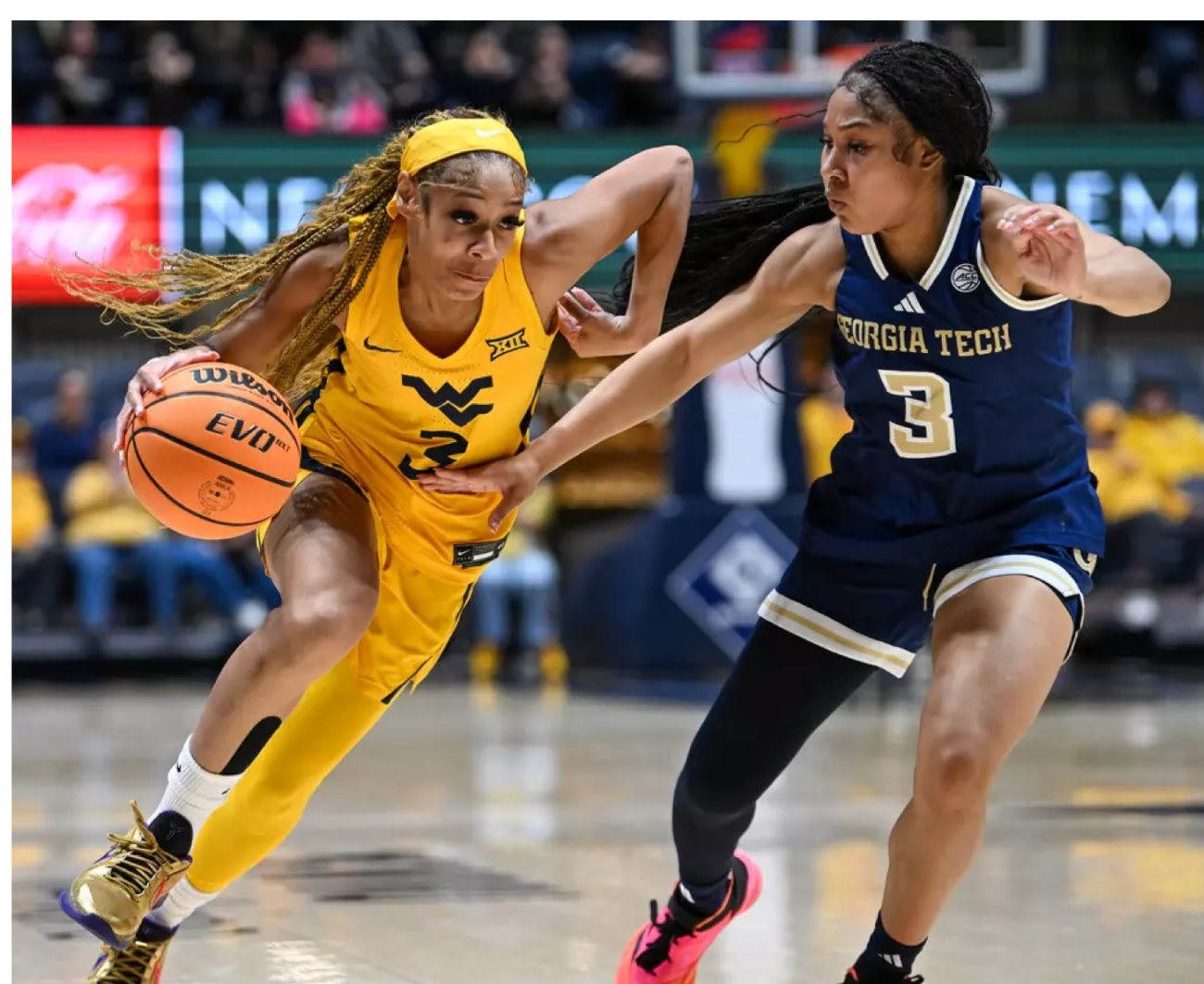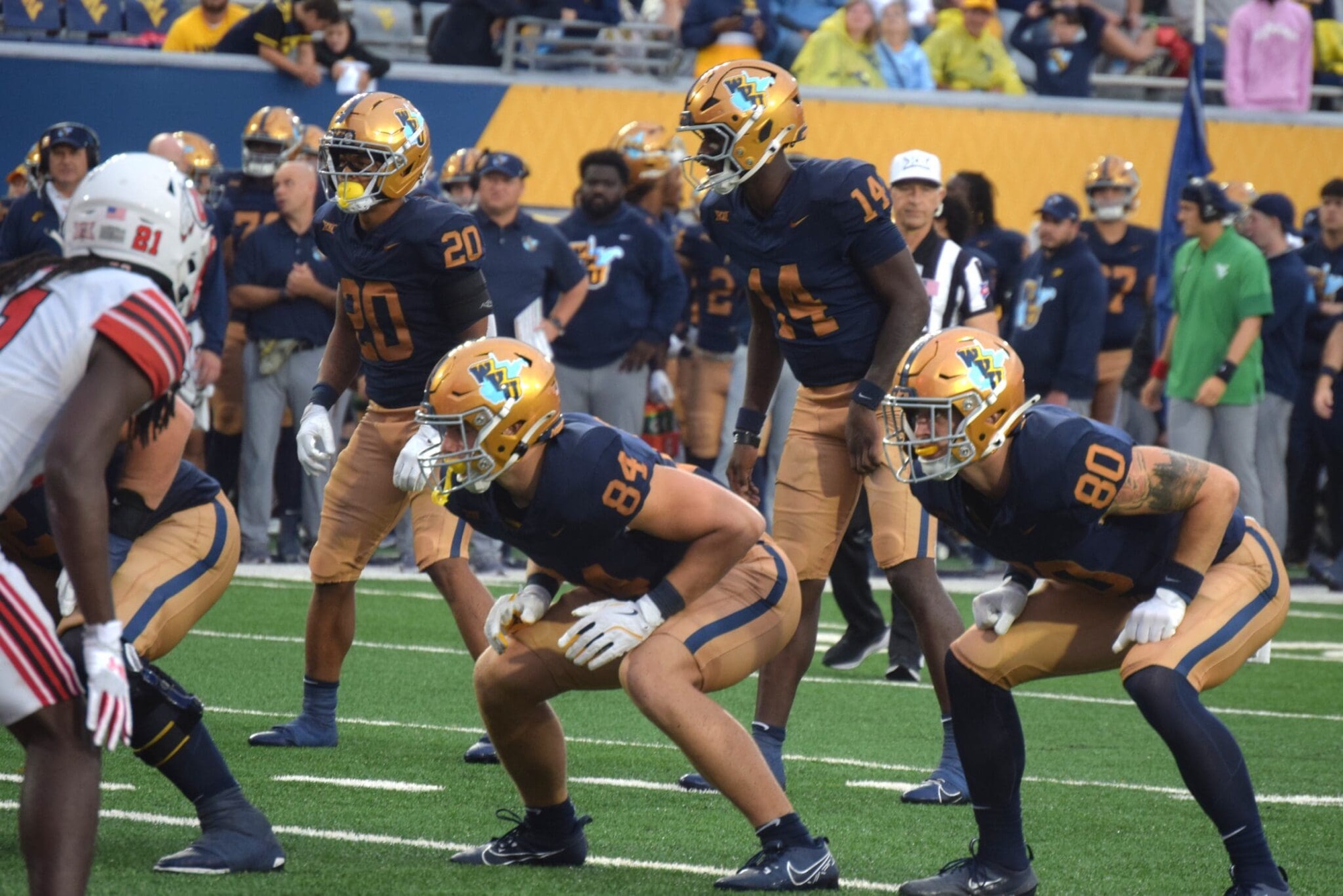By: Justin Walker | WV Sports Chat
In a recent article in The Athletic, writer Scott Dochterman released his list of the Top 100 rivalries in college football. Much to the dismay of West Virginia and Pitt fans, the Backyard Brawl did not even crack the Top 25 of Dochterman’s list. It just missed, coming in at number 26. In a recent interview on the Couz’s Corner YouTube channel, Dochterman explained why the heated rivalry did not rank as highly as fans may have expected.
For West Virginia fans, the Backyard Brawl’s No. 26 ranking felt like a slight. The Pitt-WVU clash is a fierce, hyper-local rivalry with a storied history of 107 meetings. However, Dochterman pointed out two factors that impacted its placement:
- A Decade-Long Hiatus: From 2012 to 2021, Pitt and West Virginia didn’t play due to conference realignment (Pitt to the ACC, West Virginia to the Big 12). This gap diminished the rivalry’s continuity compared to annual matchups like Georgia vs. Georgia Tech or Iowa vs. Iowa State. “For 10 years, it wasn’t important enough to work into the schedule,” Dochterman explained, noting that even passionate rivalries lose some luster without regular play.
- Lack of Ranked Matchups: The Backyard Brawl has seen only six games where both teams were ranked and 20 where at least one was ranked—low compared to rivals like Washington vs. Oregon (10 double-ranked games, 52 with at least one ranked team). The 2007 upset, where an unranked Pitt defeated No. 2 West Virginia, is a hallmark moment, but it didn’t boost the rivalry’s statistical prominence since Pitt had a losing record.
Despite these factors, Dochterman emphasized the Brawl’s intensity, noting its recent resurgence with thrilling games. He placed it above rivalries like the Apple Cup and Stanford vs. Cal, acknowledging its significance but distinguishing it from top-tier matchups with more consistent national relevance.
Dochterman’s placement of some other Big 12 rivalries also caused controversy. He placed the Holy War between BYU & Utah at number 28 on his list. While the Territorial Cup between Arizona and Arizona State was all the way down at number 54.
When laying out the criteria that was used to create his rankings, Dochterman used the following:
- Historical Data: Number of meetings and win-loss disparities.
- Prominence: How often the rivalry featured ranked matchups.
- Frequency: Whether the teams play annually and prioritize the matchup on their schedules.
- Competitiveness: The balance of the series and its impact on conference or national standings.
- Trajectory: Whether the rivalry is growing or declining in significance.
- Memorable Moments: Iconic games or plays that elevate the rivalry’s legacy.
These criteria aimed to provide an objective framework. Dochterman acknowledged the challenge of quantifying intangibles like fan passion. He pointed out that the rankings required a broader lens to differentiate rivalries like the Backyard Brawl from others like Michigan vs. Ohio State or Auburn vs. Alabama.
Stay plugged in to WV Sports Chat for more WVU sports news and analysis.
Article written with assistance from Grok AI/Photo Credit: WVU Athletics






